
What is a tactile membrane switch? & Membrane switch manufacturers
What is a tactile membrane switch? & Membrane switch manufacturers
A tactile membrane switch is a type of user interface that provides a noticeable physical response when pressed. Unlike non-tactile versions, these switches offer a slight snap or click, giving users confirmation of actuation. This feedback makes them ideal for applications where precision and user experience matter. They are widely used in industries that demand reliable, durable, and easy-to-use control panels.
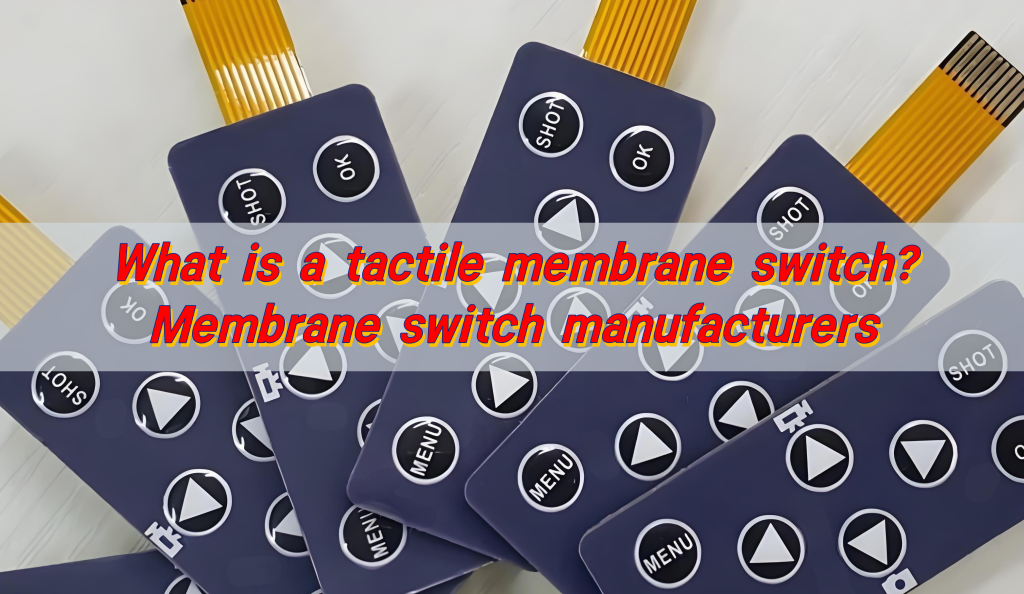
What is the difference between a tactile switch and a membrane switch?
A tactile switch refers to any switch that gives feedback when pressed. It can be part of a mechanical or electronic system. A membrane switch, on the other hand, is a type of touch-sensitive switch that consists of several layers, including a printed circuit layer.
A tactile membrane switch combines the best of both worlds. It has a flexible, thin design like standard membrane switches but also includes metal domes or other structures to provide tactile feedback. This makes them different from non-tactile membrane switches, which rely on visual or audio signals instead of physical response.
can you put tactile buttons on membrane switches?
Yes, tactile buttons can be added to membrane switches. This is usually done using metal domes or polydomes, which create a snap-like feel when pressed. These elements sit between the top layer and the circuit, ensuring users get a distinct response.

Many industries prefer this design because it enhances usability. Medical devices, industrial control panels, and household appliances often incorporate tactile feedback to improve accuracy and efficiency. The added response also reduces errors, making it a preferred choice for critical applications.
How does a membrane switch work?
A membrane switch is a simple yet effective electrical interface. It operates through multiple layers, including:
- Graphic overlay: The top layer, displaying symbols or text.
- Spacer layer: Maintains separation between contacts.
- Circuit layer: Conductive paths that activate the function.
- Adhesive layer: Holds everything together.
When a user presses the switch, it pushes the conductive layer onto the circuit below, completing an electrical connection. In tactile membrane switches, a metal dome or similar component enhances this action, ensuring a clear and satisfying response.
What is a membrane switch used for?
Membrane switches are found in various industries due to their reliability and versatility. They are used in:
- Medical equipment: Ensures hygienic and precise operation.
- Industrial controls: Handles tough environments.
- Consumer electronics: Used in remote controls and household devices.
- Automotive applications: Found in dashboard controls.
- Aerospace: Used in cockpits and communication devices.
Their sealed design makes them resistant to dust, moisture, and contaminants, making them a popular choice for demanding conditions.
What is the advantage of membrane switch?
Membrane switches offer numerous advantages over traditional mechanical switches. They are lightweight, flexible, and cost-effective. Their sealed structure protects them from dust, water, and chemicals, increasing durability.
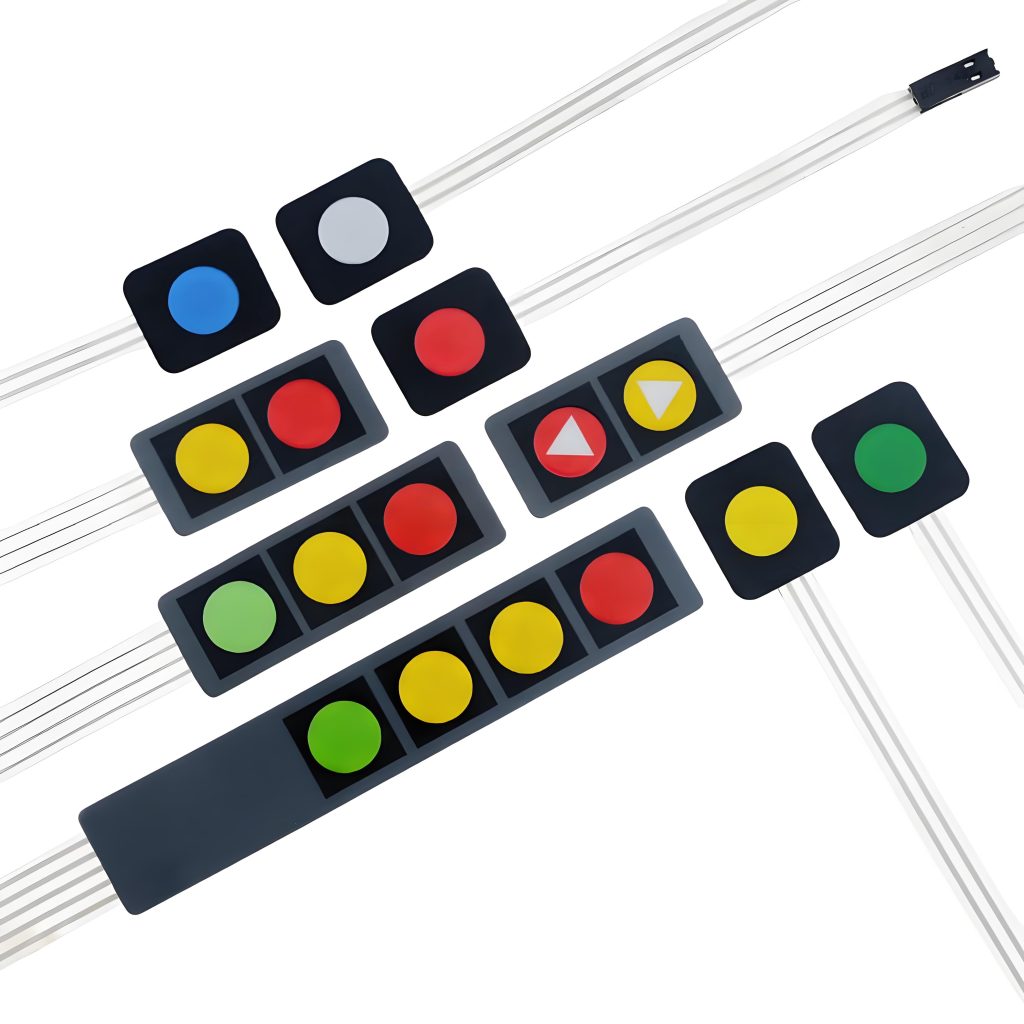
The smooth surface is easy to clean, which is crucial for medical and food processing environments. Customization is another key benefit. They can be designed with LED backlighting, embossed buttons, and custom graphics to meet specific needs. The integration of tactile feedback makes them even more user-friendly.
What are the disadvantages of tactile switches?
While tactile switches provide excellent feedback, they do have some drawbacks. Their moving parts may wear out faster than non-tactile versions. In harsh environments, repeated use may cause the tactile elements to degrade over time.
They may also require more force to activate, which could be an issue for users needing ultra-light touch operation.
However, high-quality materials and proper design can minimize these concerns. Many manufacturers use metal domes with high durability to extend the lifespan of the switches.
What are the applications of membrane switches?
Membrane switches are used in almost every industry that requires a user-friendly interface. They appear in:
- Medical devices: Used in diagnostic machines and monitoring systems.
- Military and defense equipment: Withstands extreme conditions.
- Automated kiosks: Found in ticket machines and self-checkout stations.
- Household appliances: Common in microwaves, washing machines, and control panels.
- Fitness equipment: Used in treadmills and exercise machines.
Their versatility, durability, and low maintenance make them a preferred choice across multiple sectors.
What is the difference between membrane and dome switch?
A membrane switch consists of thin, flexible layers that activate an electrical circuit when pressed. A dome switch, however, typically refers to metal dome switches, which provide a tactile response.
In tactile membrane switches, dome switches are integrated into the design, giving them both tactile feedback and a sleek, flexible structure. Non-tactile membrane switches do not have domes and rely on other indicators, like sound or light, for confirmation.
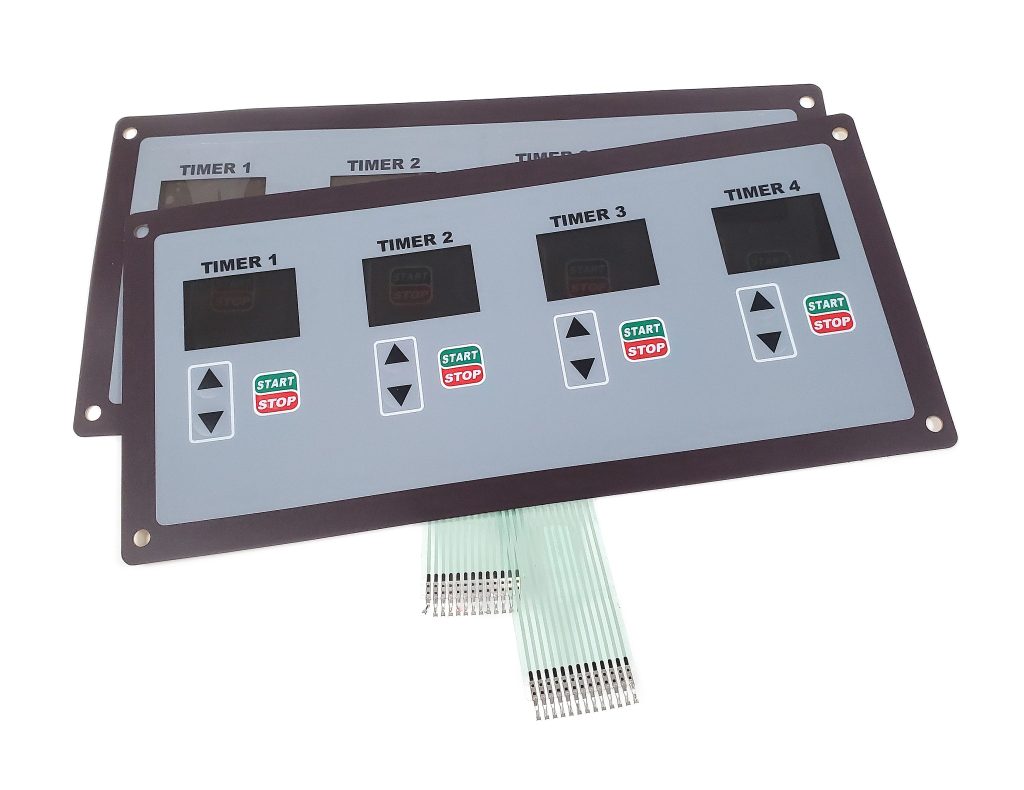
The key difference is the user experience. If physical feedback is essential, a dome-based tactile membrane switch is the ideal choice. If a softer, lighter touch interface is needed, a non-tactile membrane switch may be better.
Membrane Switch Manufacturers – YU AN ELECTRONICS
When it comes to high-quality membrane switches, choosing the right manufacturer is crucial. YU AN ELECTRONICS is a leading supplier with years of experience in membrane switch design and production. We specialize in:
- Custom membrane switches tailored to specific needs.
- Tactile and non-tactile options for various applications.
- High-durability designs that withstand extreme conditions.
- Reliable manufacturing processes ensuring long-lasting performance.
Our advanced technology and expertise make us a trusted partner for businesses needing durable and efficient switch solutions. Whether for industrial use, medical devices, or consumer electronics, our membrane tactile switches deliver top-tier performance.
Conclusion:
A tactile membrane switch combines the durability of a membrane switch with the feedback of a tactile button. This design is ideal for industries requiring precision, reliability, and ease of use.
When selecting a manufacturer, quality and experience matter. YU AN ELECTRONICS provides top-notch membrane switches designed for maximum performance. If you need a customized solution, contact us at sales@best-membraneswitch.com
Tags:
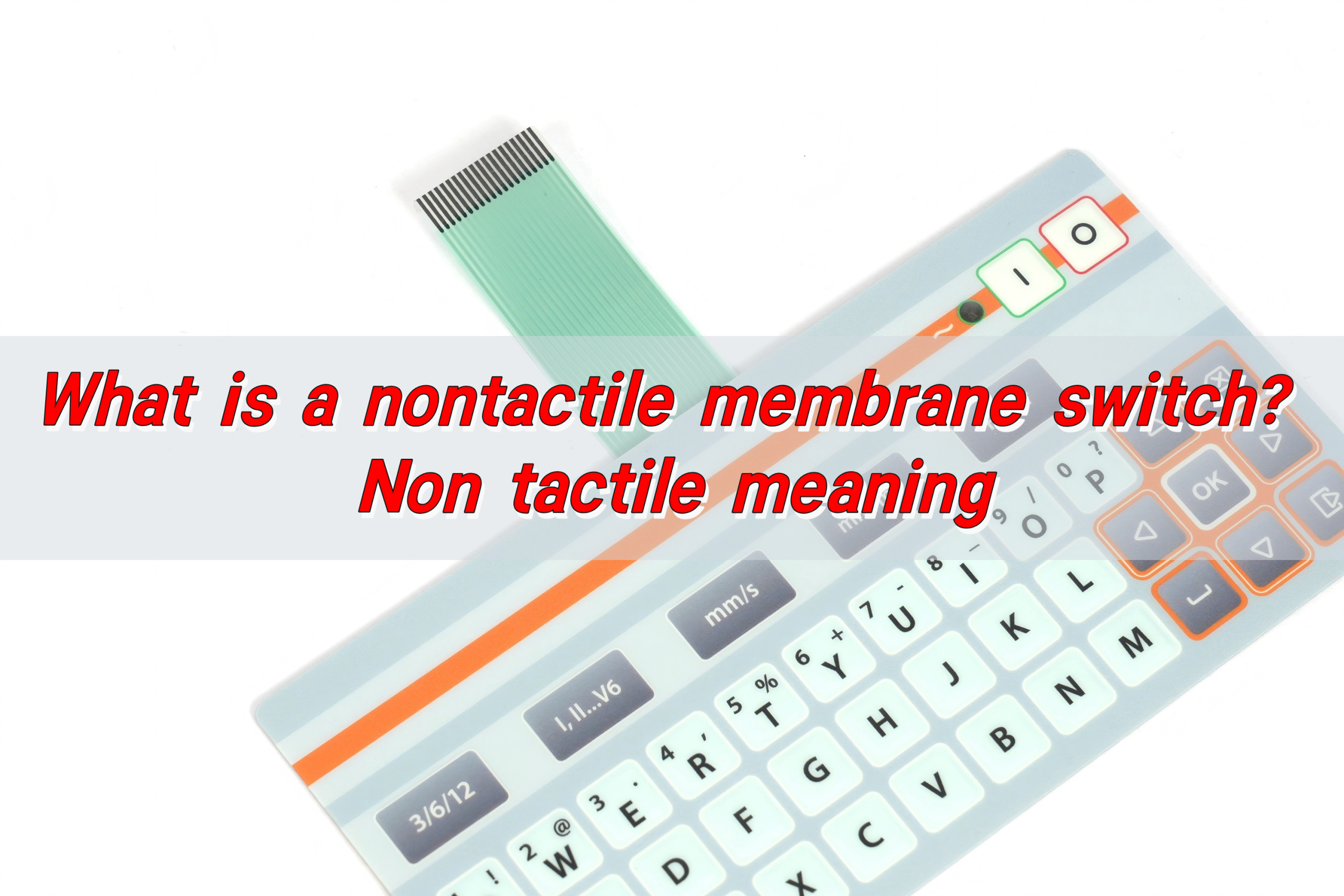
What is a nontactile membrane switch? Non tactile meaning
Nontactile membrane switch is a membrane switch that provides almost no physical feedback when operated, and the user can hardly feel the tactile change when pressing. This design is common in modern home appliances and industrial equipment, and is suitable for scenarios that require a simple operating interface and a quiet environment. What is a ...
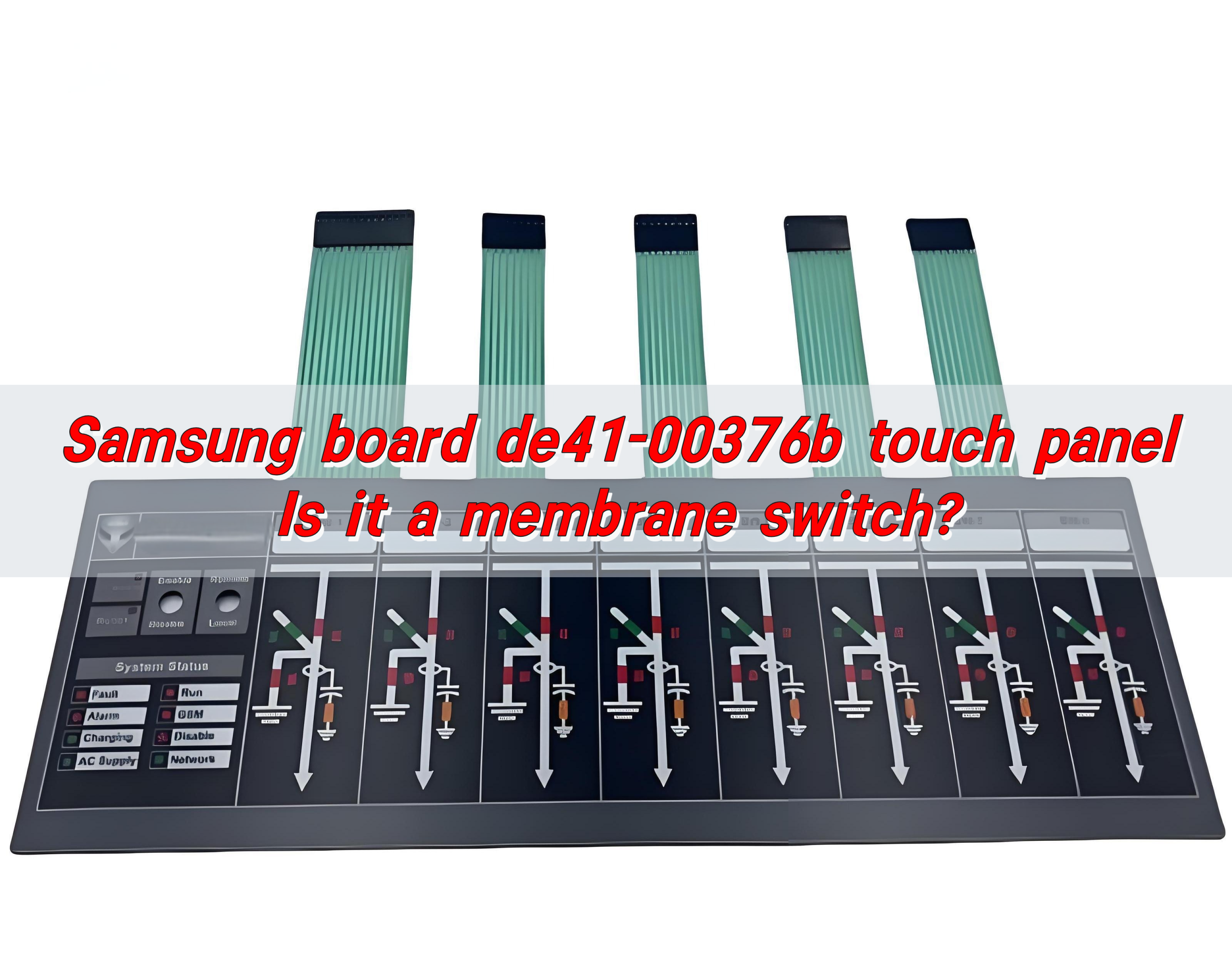
Samsung board de41-00376b touch panel: Is it a membrane switch?
What is the DE41-00376B touch panel? The Samsung DE41-00376B is a control interface used in various Samsung appliances, especially ovens and microwaves. It looks simple on the outside—just a flat control surface. It combines visual design, electrical function, and user-friendly layout in one compact form. This panel connects directly to the main control board of ...
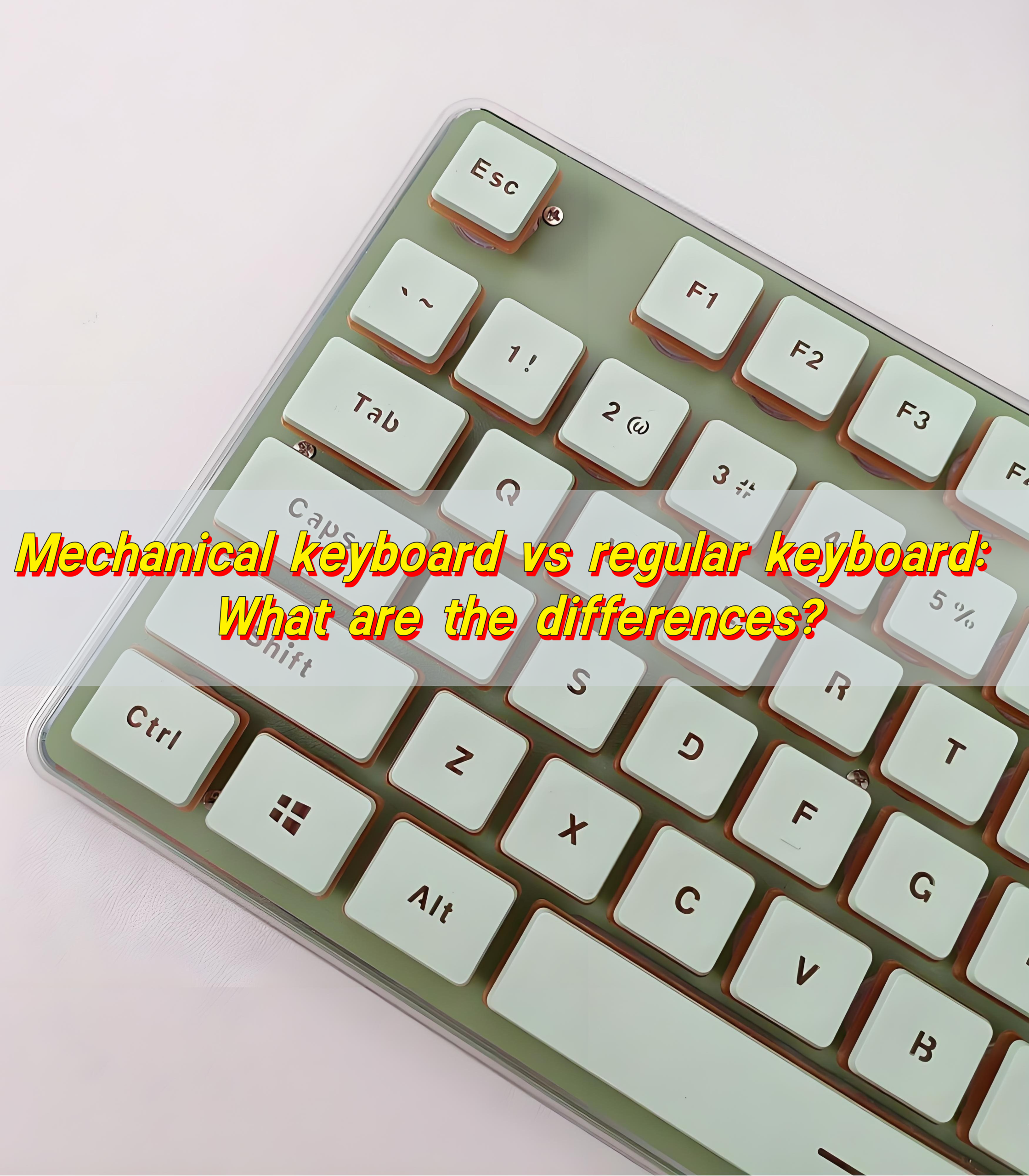
Mechanical keyboard vs regular keyboard: What are the differences?
Mechanical keyboard vs regular keyboards aren’t just about looks—they work in totally different ways. Mechanical keyboards use separate switches for each key, giving strong tactile feedback and longer life. Regular keyboards, also known as membrane keyboards, rely on pressure between flexible layers to register input. They’re quieter and cheaper but wear out faster. If your ...
Contact us online